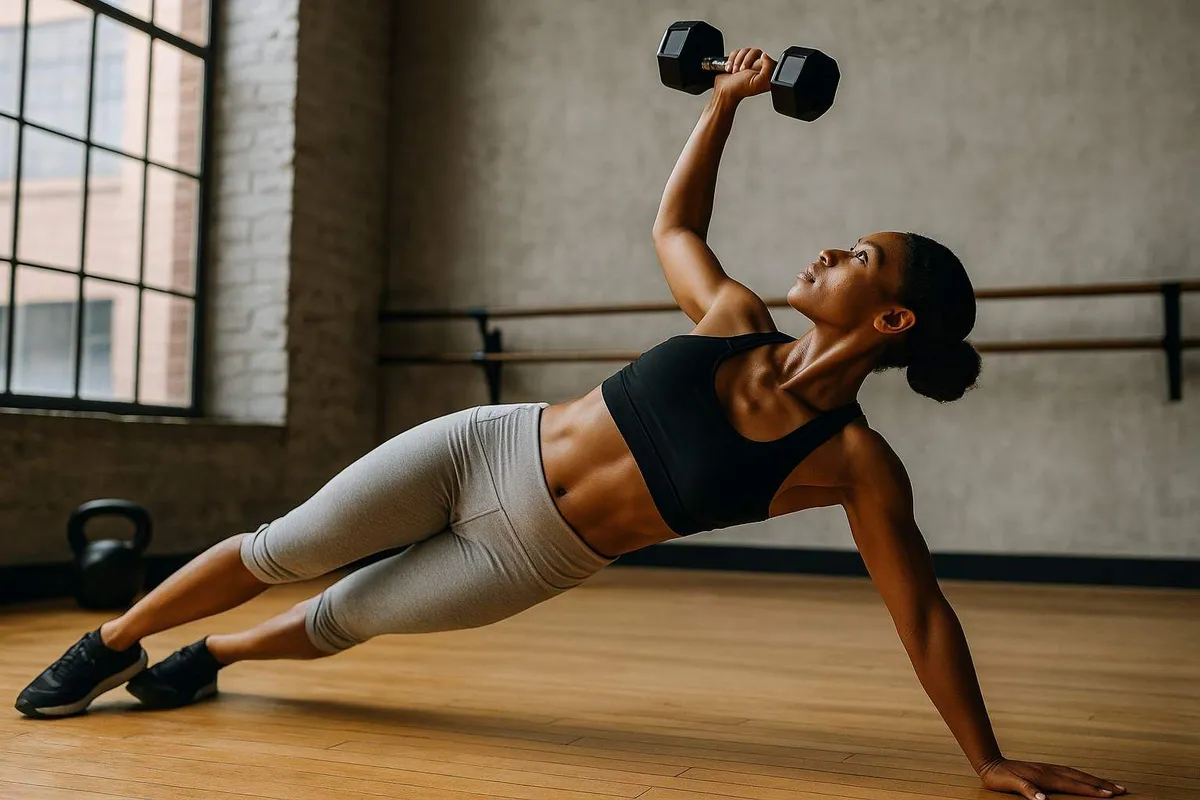Understanding Physical Imbalances in Dance
Dance really pushes your body to the limit, which can lead to overusing some muscles and ignoring others. These imbalances can raise the chances of injuries and hold back a dancer’s full potential. Adding cross-training to your routine helps fix these issues and throws in new movement styles that round out your overall fitness.
Workouts like Pilates and yoga are real game-changers. Pilates works on building a strong core, improving posture, and boosting body awareness with exercises like the hundred, roll-up, and single-leg stretch. On the flip side, yoga ramps up flexibility, balance, and breathing using styles like Vinyasa, Hatha, and restorative yoga—with moves like warrior II and tree pose adding extra benefits.
Mental Benefits of Cross-Training
Besides the physical perks, mixing things up with cross-training also gives your mind a break and spares you from feeling burned out. By adding a fresh twist to your routine, it keeps things exciting and challenges both your body and mind, helping you stay motivated over time.
Including activities like strength training, swimming, cycling, or barre fitness can level up your game—improving your jumps, turns, endurance, leg power, posture, core stability, and overall body control. Each of these workouts hits different muscle groups and skills, giving you a more well-rounded approach to dance.
Fitting Cross-Training Into Your Routine
Striking the right balance is key when adding cross-training to your schedule so you don’t burn out before dance practice. Most dancers find that one to two cross-training sessions per week work great. For example:
- On lighter rehearsal days: Try a session of yoga or Pilates.
- During downtime: Focus on strength training.
- Right before a big show: Choose a cardio boost with some swimming or cycling.
This kind of planning helps keep you in great shape without cutting into your dance practice time.
Avoiding Injuries With Cross-Training
Cross-training is a big help when it comes to dodging injuries by working on those muscles you might usually skip. For example:
- Strength training backs up knee stability.
- Yoga helps improve ankle movement.
- Swimming keeps joints in good working order without putting too much strain on them.
These focused moves help keep your body tough and ready to handle the demands of dance.
Nurturing the Mind-Body Connection
Activities like yoga and Pilates are also fantastic for sharpening your mental focus and teaching you mindfulness and grounding techniques—skills every performer needs to really connect with their art. This strong mind-body link makes your experience on stage and in practice even more rewarding.
Here’s a sample weekly plan that might work for you:
- Monday: Dance class + 20 minutes of strength training
- Tuesday: Rehearsal + restorative yoga
- Wednesday: Dance class + a swim session
- Thursday: Pilates + choreography practice
- Friday: Dance rehearsal + a cycling session
- Saturday: Performance or a freestyle jam
- Sunday: Active rest (some light stretching or a walk)
Cross-training helps keep your body finely tuned, resilient, and versatile—qualities that boost your performance while lowering the risk of injuries. By mixing up different physical activities along with your regular dance practice, you can deepen your artistry and maybe even extend your career beyond what you thought possible. Whether you’re just starting out or already a seasoned performer looking to up your game, cross-training might be the ticket to taking your art to the next level.
